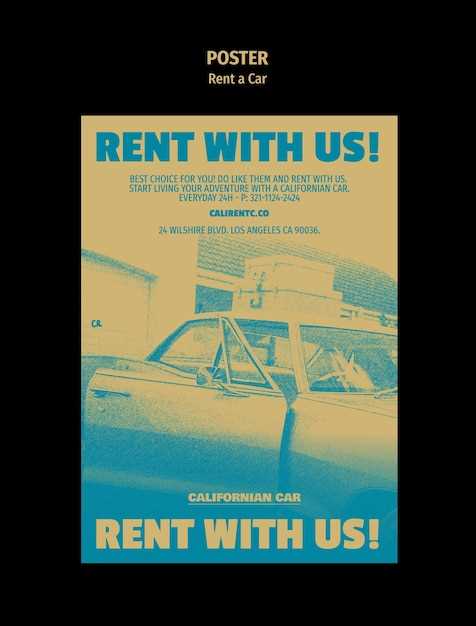Classic Car Titles and Paperwork Explained

The transfer of ownership for classic cars is a crucial process that involves understanding the intricacies of titles and necessary paperwork. A car title serves as a legal document that establishes who owns the vehicle and is essential for any future transactions or registrations. Without proper documentation, buyers may face legal challenges or complications when attempting to take ownership of their dream classic car.
When navigating the world of classic cars, it’s important to familiarize yourself with the various types of titles. Some vehicles may come with a clean title, indicating no liens or issues, while others may possess a salvage title due to previous damage. Each title type carries implications for insurance, resale value, and the transfer process, making it vital for enthusiasts to be well-informed.
In addition to understanding the different titles, prospective buyers and sellers must also pay close attention to the required paperwork needed to facilitate the transfer. This includes, but is not limited to, bills of sale, odometer disclosures, and any state-specific forms that may be necessary. Properly handling this documentation ensures a smooth transition of ownership and helps prevent disputes down the line.
Decoding the Different Types of Classic Car Titles

When navigating the world of classic cars, understanding the various types of titles is essential for both legal and practical reasons. The title of a car serves as a legal document proving ownership and detailing its history. Each type of title can significantly affect the purchase, sale, and insurance process of classic vehicles.
One common type is the clean title, which indicates that the car has never been declared a total loss by an insurance company. This title is important for buyers, as it suggests the vehicle has a clear history and is less likely to have underlying issues that could affect its value or usability.
Another type is the salvage title, assigned to vehicles that have been severely damaged and deemed a total loss by an insurance firm. Classic cars with a salvage title may still hold value for enthusiasts, but it’s crucial to assess the extent of the damage and repairs made, as this can impact the car’s performance and resale value.
For classic cars that have been rebuilt or restored, a rebuilt title may be issued. This title signifies that the vehicle was once classified as salvage but has since been repaired to meet specific safety and operational standards. Buyers should ensure that all repairs were conducted by qualified professionals, as this affects both value and safety.
A branded title may be issued for cars that have experienced significant issues such as flood damage, theft recovery, or reconstructed status. These titles act as warnings for prospective buyers regarding the vehicle’s past and potential complications that may arise from it.
Lastly, duplicate titles are typically issued when the original title has been lost or damaged. It is crucial for owners to retain the title in a safe place, as it is a vital document for any future transactions or disputes involving the classic car.
Understanding these different types of titles can help classic car owners and potential buyers navigate the complexities of ownership, ensuring a smoother transaction and preserving the vehicle’s value in the collector’s market.
Step-by-Step Guide to Title Transfer for Classic Vehicles
Transferring the title for a classic car is a critical process when buying or selling a vintage vehicle. Proper paperwork ensures both parties are protected legally and helps maintain the car’s value.
First, obtain the original title from the seller. Check that their name matches the title and that it is free of liens. If the title is lost, the seller must apply for a duplicate through their state’s Department of Motor Vehicles (DMV).
Next, complete the title transfer form. This form typically requires the car’s identification number (VIN), make, model, year, and sale price. Both the seller and buyer must sign the document, acknowledging the transaction.
In some states, a bill of sale may also be needed to provide proof of purchase. This document can include details such as the sale date, vehicle condition, and any warranties or representations made by the seller.
Before submitting, check for any state-specific requirements regarding classic cars. Some states offer special classifications and benefits for classic vehicles, which might affect the title process.
Once all documents are completed, visit your local DMV office or their website to finalize the transfer. Payment of any fees or taxes required to register the classic car is essential. Keep copies of all paperwork for your records.
Finally, if the title shows the vehicle as “salvage” or “rebuilt,” verify the requirements in your state regarding inspections or additional documentation needed to convert it to a standard title. Properly transferring the title ensures your classic car’s legacy is preserved for future generations.
Common Paperwork Mistakes When Buying Classic Cars

When purchasing a classic car, it’s essential to handle the paperwork correctly to avoid future problems. One of the most common mistakes involves neglecting to verify the title. Buyers should always ensure that the title is clear and free of any liens. A title that is marked as salvaged or rebuilt can significantly affect the car’s value and legality.
Another frequent error is failing to complete the title transfer process properly. In many states, buyers must sign the title as well as complete any required state forms to transfer ownership. Omitting these steps can lead to complications when trying to register the vehicle or resell it later.
Additionally, overlooking the importance of a bill of sale can create issues down the line. This document serves as proof of the transaction and should include essential details such as the purchase price, VIN, and buyer-seller information. A well-documented bill of sale can facilitate the transfer of title and protect both parties in case of disputes.
Lastly, not checking for any additional paperwork specific to classic cars can be a costly oversight. Some vehicles may come with historical documents, original manuals, or restoration records that add value. Failing to request these can mean losing out on important aspects of ownership that could enhance the car’s appeal and worth in the future.



